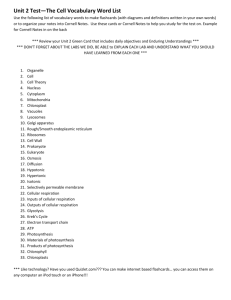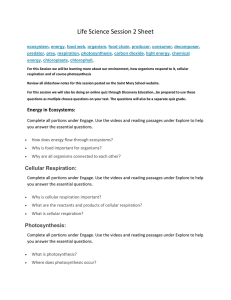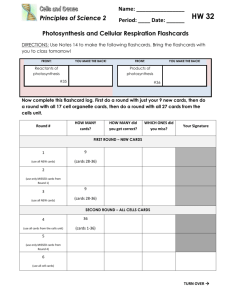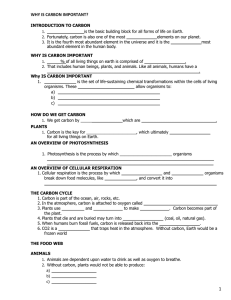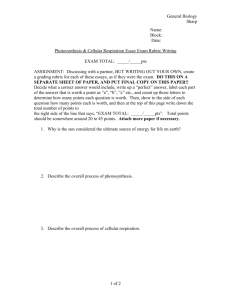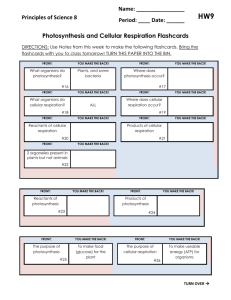Biology Learning Targets: First Quarter
advertisement
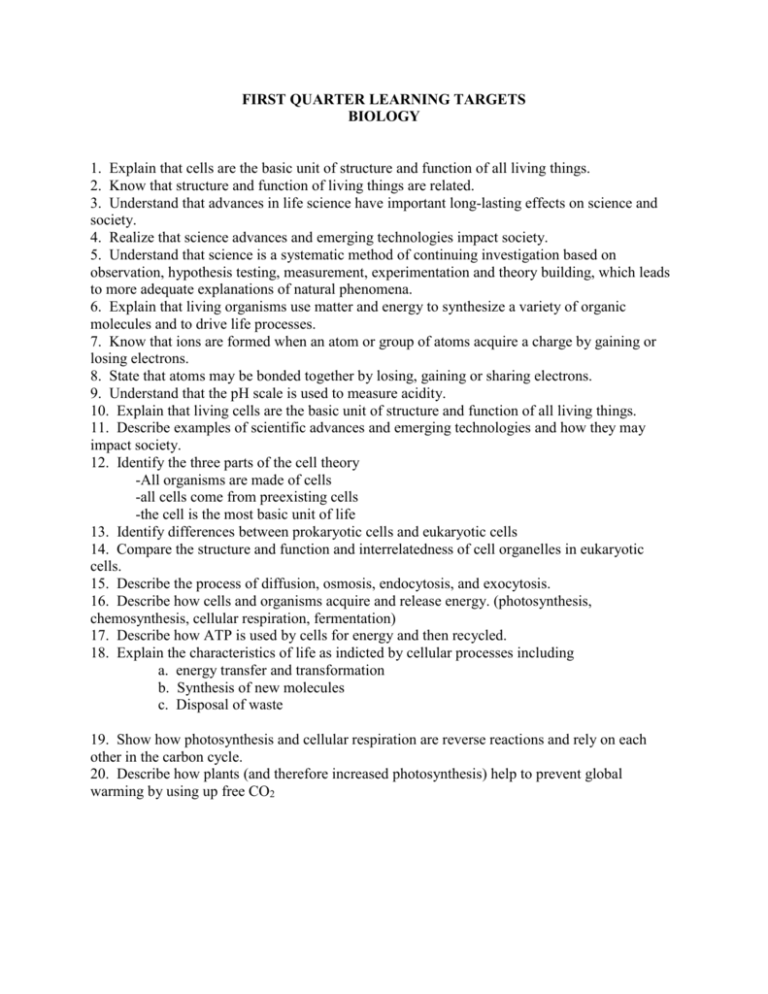
FIRST QUARTER LEARNING TARGETS BIOLOGY 1. Explain that cells are the basic unit of structure and function of all living things. 2. Know that structure and function of living things are related. 3. Understand that advances in life science have important long-lasting effects on science and society. 4. Realize that science advances and emerging technologies impact society. 5. Understand that science is a systematic method of continuing investigation based on observation, hypothesis testing, measurement, experimentation and theory building, which leads to more adequate explanations of natural phenomena. 6. Explain that living organisms use matter and energy to synthesize a variety of organic molecules and to drive life processes. 7. Know that ions are formed when an atom or group of atoms acquire a charge by gaining or losing electrons. 8. State that atoms may be bonded together by losing, gaining or sharing electrons. 9. Understand that the pH scale is used to measure acidity. 10. Explain that living cells are the basic unit of structure and function of all living things. 11. Describe examples of scientific advances and emerging technologies and how they may impact society. 12. Identify the three parts of the cell theory -All organisms are made of cells -all cells come from preexisting cells -the cell is the most basic unit of life 13. Identify differences between prokaryotic cells and eukaryotic cells 14. Compare the structure and function and interrelatedness of cell organelles in eukaryotic cells. 15. Describe the process of diffusion, osmosis, endocytosis, and exocytosis. 16. Describe how cells and organisms acquire and release energy. (photosynthesis, chemosynthesis, cellular respiration, fermentation) 17. Describe how ATP is used by cells for energy and then recycled. 18. Explain the characteristics of life as indicted by cellular processes including a. energy transfer and transformation b. Synthesis of new molecules c. Disposal of waste 19. Show how photosynthesis and cellular respiration are reverse reactions and rely on each other in the carbon cycle. 20. Describe how plants (and therefore increased photosynthesis) help to prevent global warming by using up free CO2


